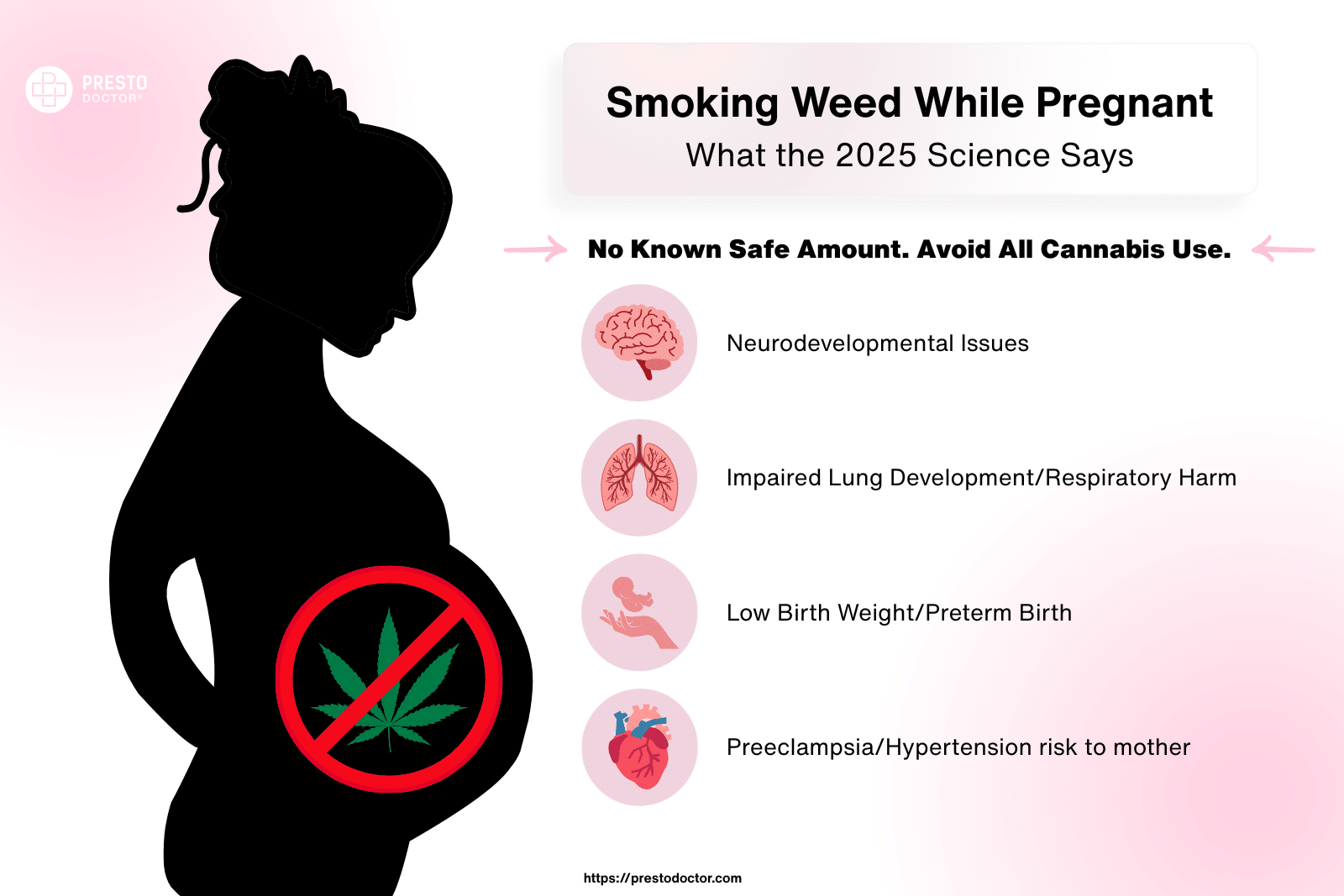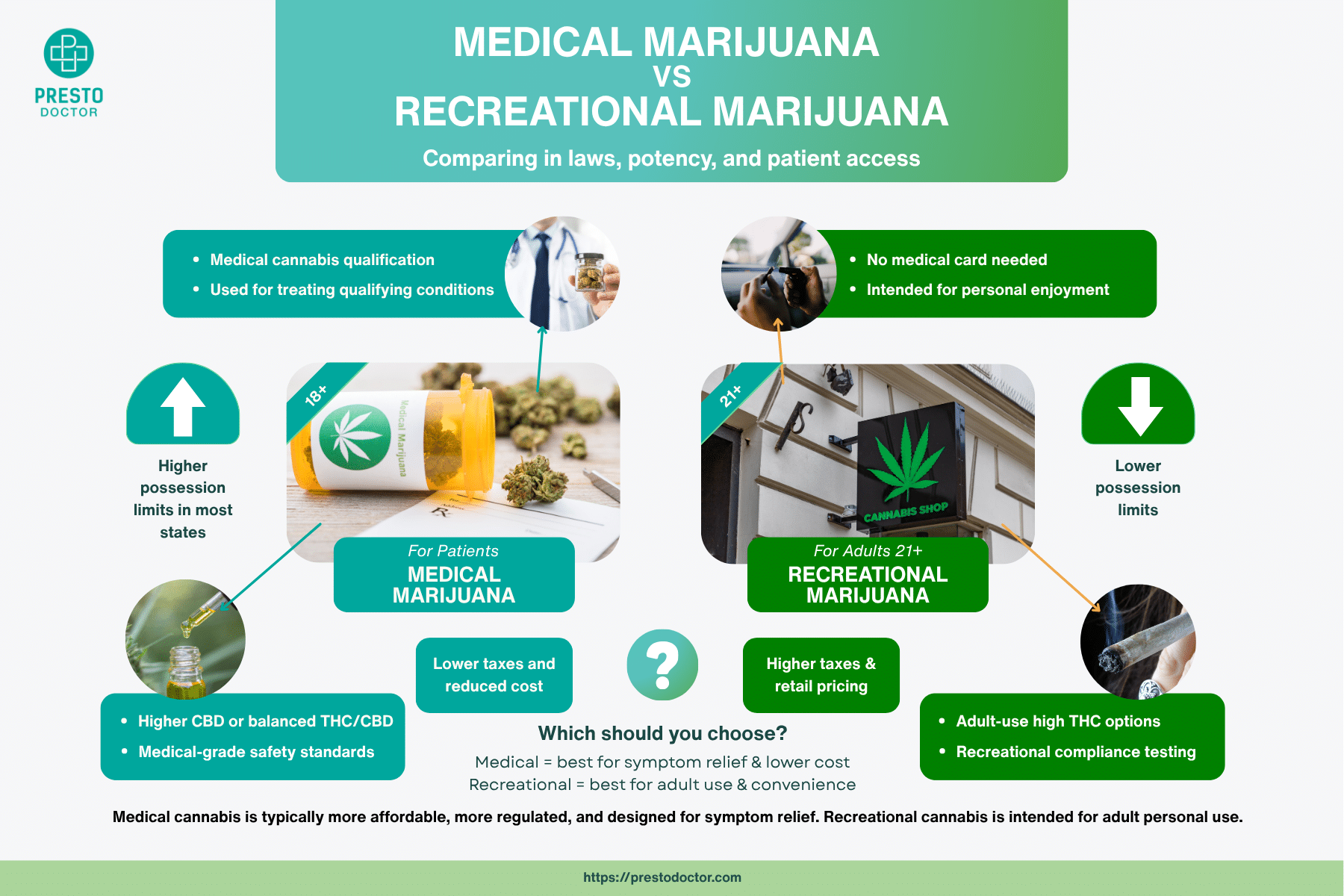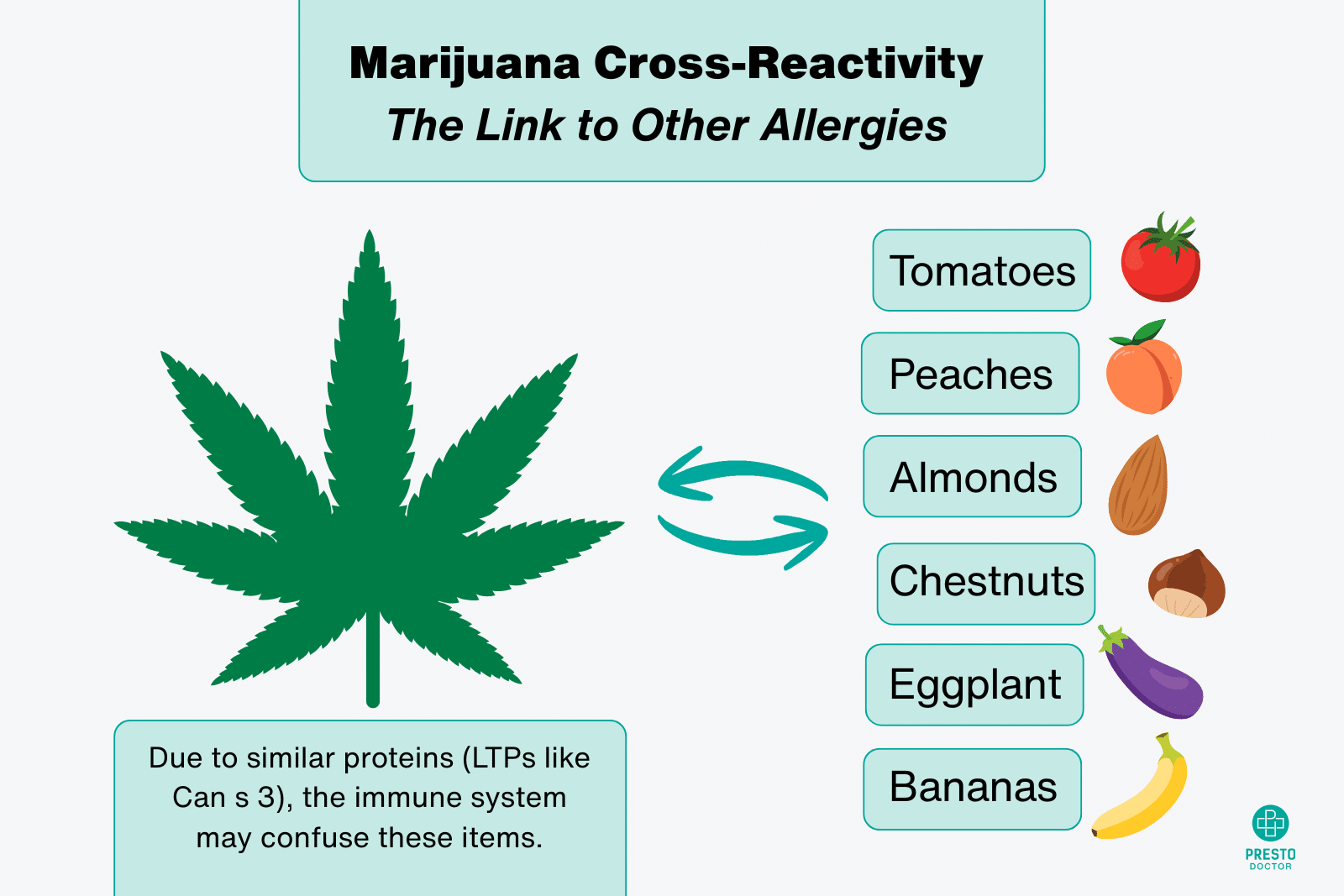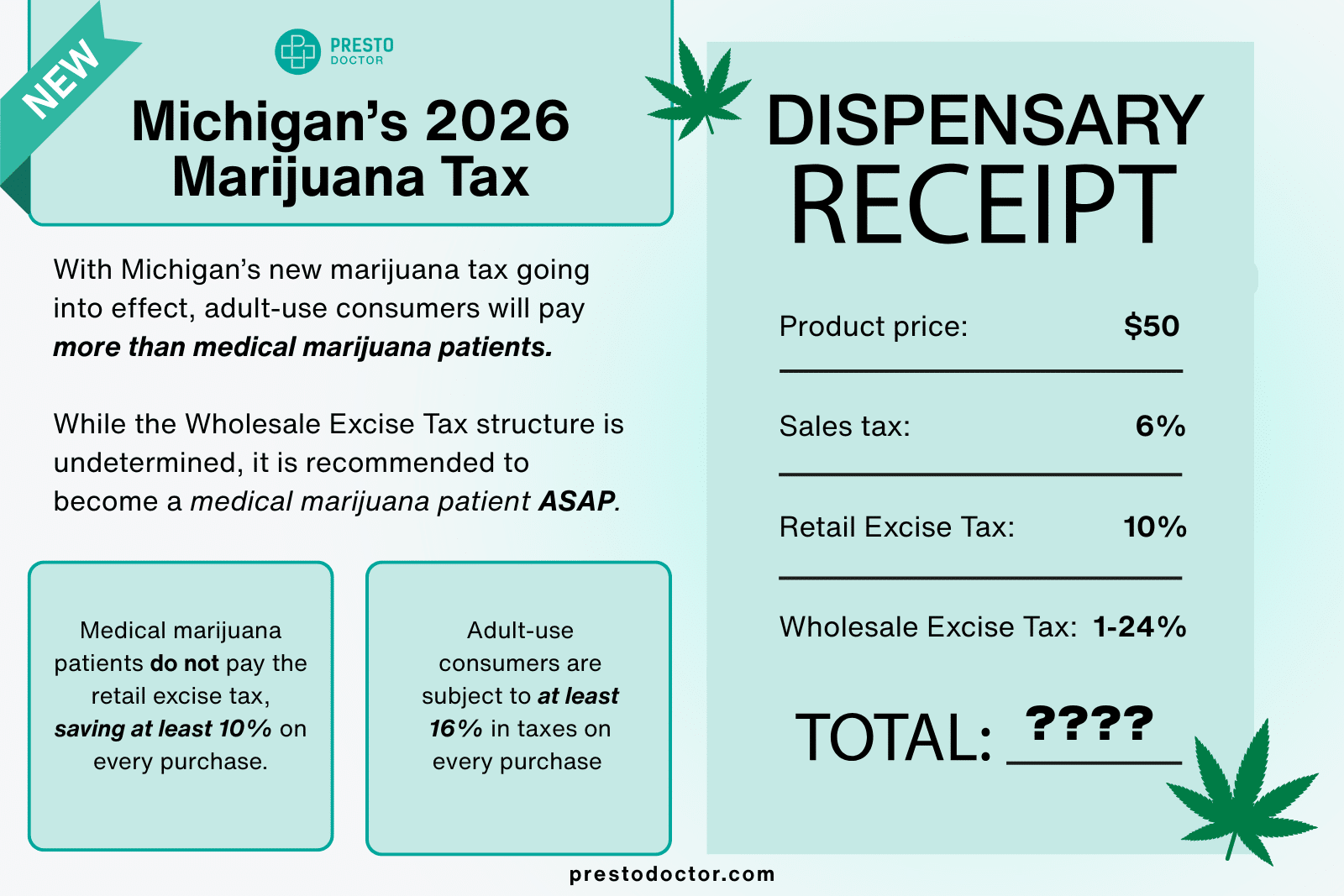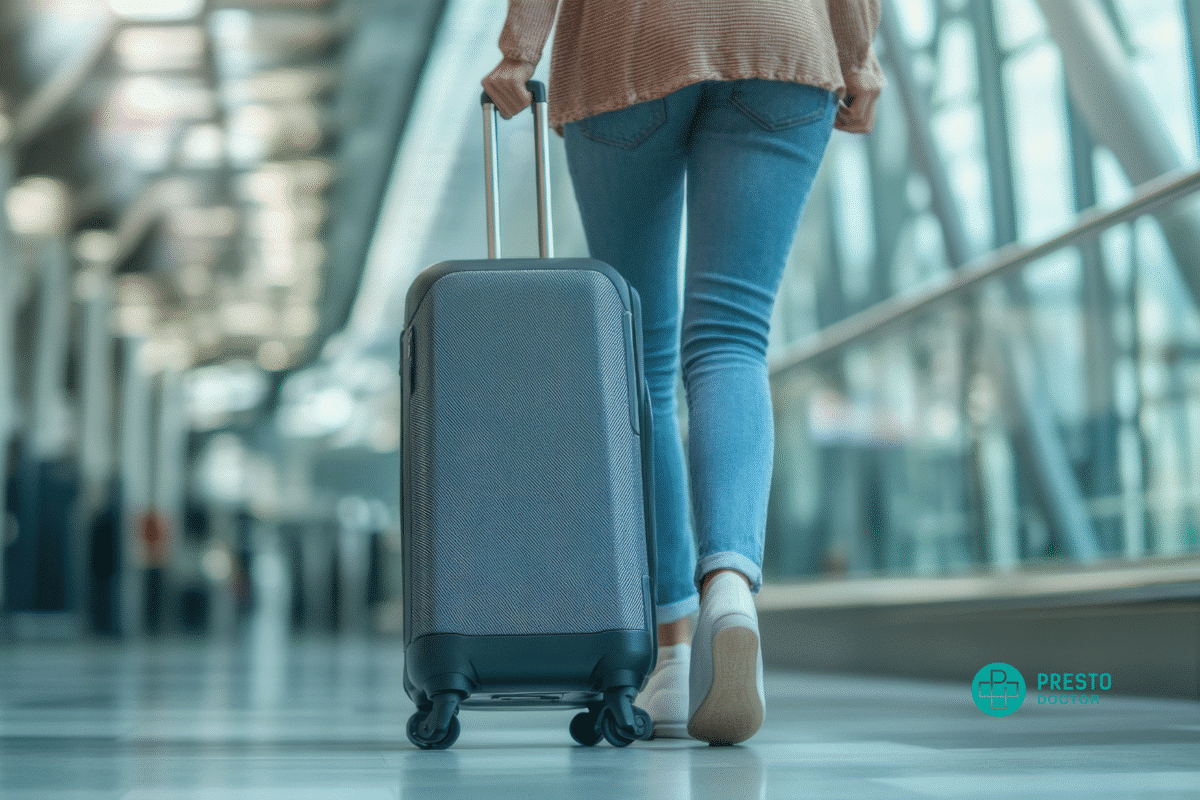
What Every Flyer Needs to Know About Airport Cannabis Disposal
Picture this: You’re rushing through O’Hare International Airport, juggling your carry-on and coffee, when you suddenly freeze. That cannabis vape pen you bought legally in Illinois yesterday is still in your bag—and you’re about to board a flight where federal law takes over. Your heart races. What do you do? This exact scenario plays out daily at airports across the country, and it’s why cannabis amnesty boxes exist. If you’re wondering “what is a cannabis amnesty box,” you’re not alone—thousands of travelers search this question every month. These discreet green metal containers offer travelers a legal way out of a potentially serious problem. But what exactly is a cannabis amnesty box, how do they work, what’s the meaning, and should you use one?
What Is a Cannabis Amnesty Box?
A cannabis amnesty box (also called a marijuana amnesty box or cannabis disposal box) is a secure disposal receptacle installed at airports and border crossings where travelers can voluntarily surrender cannabis products without facing legal consequences. Think of it as a “no-questions-asked” mailbox for marijuana—once you drop something inside, it’s gone forever, and you walk away without penalty.
The concept borrows from traditional amnesty bins used for prohibited items like weapons or liquids that can’t pass through security. The key difference? These boxes specifically address the legal gray zone created when state cannabis laws collide with federal prohibition.
The meaning of a cannabis amnesty box is crucial to understand: The term “amnesty” signals that disposing of your cannabis this way won’t result in arrest, citation, or having your name added to any watchlist. Local airport authorities and law enforcement have agreed to treat voluntary surrenders as exactly that—voluntary compliance rather than evidence of a crime.
Why Cannabis Amnesty Boxes Exist
The need for these boxes stems from one of the most confusing aspects of American cannabis policy: the gap between state and federal law.
Even though recreational cannabis is legal in Illinois and dozens of other states, federal law still classifies marijuana as a Schedule I controlled substance. The moment you step onto airport property or board an aircraft, you enter federal jurisdiction. Transportation Security Administration officers work under federal authority, and flying with cannabis—even between two states where it’s legal—violates federal law.
This creates an impossible situation for travelers. You can legally purchase cannabis at a dispensary in Chicago, but you cannot legally bring it through airport security or onto a plane. Many travelers don’t realize this until they’re already at the gate, or they forget about that edible tucked in a jacket pocket from last week.
Cannabis amnesty boxes solve this problem by providing a consequence-free exit ramp. Rather than forcing TSA agents to confiscate products and potentially involve law enforcement, airports offer a simple disposal option that keeps everyone moving and reduces unnecessary legal entanglements.
Beyond legal pragmatism, these boxes serve a harm reduction function. They acknowledge that cannabis use is widespread and normalized in legal states while still respecting the reality of federal restrictions. The boxes say: “We know you might have this, here’s how to handle it safely.”
How Cannabis Amnesty Boxes Actually Work
The mechanics are deliberately simple. Cannabis amnesty boxes are heavy-duty metal containers, typically green or blue, bolted securely to airport floors near or just past TSA security checkpoints. They feature a one-way slot similar to a mailbox opening—wide enough to accept products but designed to prevent anyone from reaching inside to retrieve items.
Here’s the typical user experience: You realize you have cannabis. You locate the nearest amnesty box (usually marked with clear signage). You drop your product through the slot. Then, you walk away. That’s it.
There’s no paperwork, no identity verification, no security footage review focused on you specifically. The boxes operate on an honor system backed by official policy: use it correctly, and you face no consequences.
Behind the scenes, designated personnel—typically from local police departments working with airport authorities—empty the boxes on a regular schedule. Contents are logged, inventoried for record-keeping purposes, and then destroyed according to standard narcotics disposal protocols. The cannabis is usually incinerated, ensuring it never re-enters circulation.
Security measures prevent tampering. The boxes are under general terminal surveillance, and attempting to break into one or retrieve deposited items is treated as theft or evidence tampering—both serious criminal offenses.
Cannabis Amnesty Boxes in Chicago: A Case Study
Chicago’s cannabis amnesty box program offers the most comprehensive example in the United States. When Illinois legalized recreational cannabis on January 1, 2020, city officials knew they needed to address the airport dilemma immediately.
Initially, the Chicago Department of Aviation installed temporary blue bins near TSA checkpoints at both O’Hare International Airport and Chicago Midway International Airport. These were stopgap solutions—functional but not particularly secure or permanent.
Within months, the city upgraded to custom-designed green metal boxes with reinforced construction and tamper-resistant features. O’Hare International received approximately 12 boxes strategically placed throughout its terminals, while Midway got at least one prominent installation.
The Chicago Police Department took responsibility for emptying and monitoring the cannabis amnesty box, working in coordination with the Department of Aviation. This partnership ensured proper chain of custody for disposed items and maintained accountability.
But here’s the surprising part: usage has been remarkably low. Between January and March 2020, authorities recorded only 34 collections across both airports—22 at O’Hare and 12 at Midway. Many of those collections contained minimal or no identifiable cannabis products.
This low adoption rate sparked debate. Some argue it demonstrates that travelers either don’t know the boxes exist, don’t trust them, or simply choose to risk carrying cannabis anyway. Others suggest the boxes serve more as symbolic policy statements than practical tools.
One incident highlighted potential vulnerabilities: someone attempted to steal contents from a Midway box, prompting police investigation and raising questions about security protocols.
Despite modest usage numbers, Chicago has maintained its cannabis amnesty box program, viewing it as an important bridge between state legalization and federal restrictions.
Airport Cannabis Amnesty Box Locations Nationwide
Chicago isn’t the only city with airport cannabis amnesty boxes, though implementation remains inconsistent across the country.
Las Vegas installed green cannabis disposal boxes at Harry Reid International Airport (formerly McCarran) to address a similar issue. Nevada legalized recreational cannabis, but visitors flying home to states where it remains illegal needed a disposal option. The boxes are positioned before security checkpoints, giving travelers one last chance to reconsider before entering the federal zone.
Colorado, a pioneer in cannabis legalization, has taken a mixed approach. Some Colorado airports, including those in Colorado Springs and Aspen, offer marijuana disposal bins. However, Denver International Airport—the state’s busiest—has notably declined to install amnesty boxes, instead relying on standard TSA procedures and traveler awareness.
This inconsistency reflects broader disagreement about whether airport cannabis amnesty boxes are helpful or symbolic. Supporters argue they reduce unnecessary legal complications and demonstrate pragmatic policy-making. Critics contend they send mixed messages about cannabis laws and may create a false sense of security about traveling with marijuana.
Most airports in prohibition states don’t offer cannabis amnesty boxes because there’s no state-legal cannabis industry creating the need. The boxes emerge specifically at the intersection of state legalization and federal restriction—they’re a solution to a problem that only exists in legal states with major airports.
The Legal Reality: What Amnesty Really Means
Understanding what cannabis amnesty boxes actually protect you from—and what they don’t—is critical.
The amnesty offered is a local policy decision, not a change in federal law. When Chicago or Las Vegas or Colorado Springs installs cannabis amnesty boxes and promises no legal consequences for using them, that protection comes from local law enforcement and airport authorities agreeing not to pursue charges for voluntary disposal.
Federal law hasn’t changed. Cannabis remains illegal at the federal level. The amnesty box doesn’t grant you immunity from federal prosecution—it simply reflects a practical enforcement decision by local authorities who control airport operations.
Here’s what this means in practice: If you use a cannabis amnesty box correctly by voluntarily disposing of personal-use amounts of cannabis, you won’t be arrested, cited, or face local consequences. The act of disposal is treated as compliance, not confession.
However, there are limits. If you’re disposing of commercial quantities that suggest trafficking, if other crimes are involved, or if you’re already under investigation for separate reasons, the amnesty may not protect you. These boxes are designed for ordinary travelers making honest mistakes, not for circumventing drug enforcement.
Anonymity is another gray area. While the boxes don’t require identification and aren’t designed to track individual users, airport terminals have extensive security camera coverage. If authorities had reason to investigate a specific incident, they could theoretically review footage. In practice, this rarely if ever happens for simple cannabis disposal.
The most important legal protection these boxes offer is practical rather than formal: they prevent the situation from escalating in the first place. By disposing of cannabis before TSA screening, you avoid the much more serious scenario of being caught with it during security inspection or, worse, after boarding.
What Happens After You Drop It In
Once your cannabis disappears through that slot, it enters a carefully controlled process.
The Chicago Police Department, or equivalent authorities at other airports, empty the boxes on scheduled intervals—typically weekly, though frequency may vary based on volume and security assessments. Officers conducting the collection follow chain-of-custody protocols similar to those used for seized evidence.
Each collection is logged with the date, location, and general description of contents. This record-keeping serves multiple purposes: accountability for the disposal process, data collection on program usage, and protection against claims that items were mishandled.
The collected cannabis is then transported to an approved disposal facility where it’s destroyed, usually through high-temperature incineration. This ensures the products cannot be diverted, stolen, or re-enter the supply chain through any means.
Importantly, the disposal process does not create individual records tied to users. Authorities don’t review security footage to identify who dropped what, and there’s no database of people who’ve used amnesty boxes. The focus is on safe, documented destruction of the cannabis itself, not on tracking travelers.
This system balances public safety with privacy. It provides transparency about how the program operates while protecting the anonymity that makes travelers willing to use the boxes in the first place.
Should You Use a Cannabis Amnesty Box?
The decision depends on your specific situation, but here are clear guidelines:
You should definitely use an amnesty box if:
- You’re flying domestically from a legal state to a prohibition state
- You’re flying internationally from anywhere (international flights carry even stricter federal consequences)
- You forgot you had cannabis in your bag and realized it before reaching TSA
- You’re uncertain about the laws at your destination
- You want to eliminate any risk, however small, of federal complications
You might not need an amnesty box if:
- You’re traveling by car within Illinois or between legal states (though interstate transport still technically violates federal law)
- You’re certain you have no cannabis products on your person or in your luggage
- You’re in a legal state and not entering federal jurisdiction
Here’s what you should never do:
- Attempt to fly with cannabis, even between legal states—it’s a federal violation
- Try to retrieve items from an amnesty box—it’s theft and evidence tampering
- Dispose of someone else’s cannabis without their knowledge
- Use the box for non-cannabis items or trash
The safest approach? If you have any doubt, use the box. The few seconds it takes to drop your product in far outweigh the potential consequences of carrying it through federal screening.
How to Find a Cannabis Amnesty Box at the Airport When You Travel
If you need to locate an airport cannabis amnesty box quickly, here’s how:
At Chicago airports: Look for green metal boxes with clear “Cannabis Amnesty Box” labeling positioned after TSA security checkpoints in most terminals at O’Hare, and in at least one location at Midway. If you can’t find one immediately, ask any TSA officer or airport information desk—they can direct you.
At other airports: Check the airport’s official website before you travel. Many airports that offer cannabis disposal boxes or amnesty boxes mention them in their “Prohibited Items” or “Airport Services” sections. You can also call airport information lines or check traveler forums where people share locations.
General placement rules: Most boxes are located near or just past security checkpoints, though some airports place them before screening. The logic varies—post-security placement gives travelers who pass TSA one more chance to dispose before boarding, while pre-security placement catches items before any federal interaction occurs.
Signage: Legitimate cannabis amnesty boxes are clearly marked and look official. They’re not hidden or subtle—airports want travelers to know they exist. If you’re unsure whether something is an amnesty box, ask airport staff rather than assuming.
Digital resources: Traveler apps, airport maps available on smartphones, and even Google Maps sometimes note the location of these boxes, especially at major airports like O’Hare where they’re well-established.
Common Questions About Cannabis Amnesty Boxes
A cannabis amnesty box at the airport is a secure metal container where travelers can voluntarily dispose of marijuana products before flying, without facing arrest or legal penalties. These boxes exist because cannabis is legal in some states but remains federally prohibited, especially for air travel.
No. The entire purpose of amnesty is to allow disposal without legal consequences. As long as you’re disposing of personal-use quantities voluntarily, you face no arrest or citation risk from local authorities.
TSA’s priority is security threats, not cannabis enforcement. Officers aren’t monitoring amnesty boxes to identify users. If you use the box before or after security screening, TSA has no reason to take special interest in you.
The boxes themselves don’t violate federal law—they’re disposal containers. Local authorities installing them are making a policy choice not to prosecute voluntary disposal, which is within their discretion.
No. Cannabis amnesty boxes are specifically for marijuana products only. Disposing of other controlled substances could be treated differently under law and may not carry the same amnesty protections.
The boxes are designed for personal-use amounts—a few joints, an edible, a vape cartridge, small quantities of flower. Large amounts that suggest commercial activity fall outside the spirit of amnesty and could trigger scrutiny. Use common sense: if you’re disposing of what a typical recreational user might have, you’re fine.
This varies by airport policy. Some boxes accept accessories, others only accept cannabis plant material and products.
The Bigger Picture: What Amnesty Boxes Tell Us
Cannabis amnesty boxes represent more than just airport infrastructure—they’re physical manifestations of America’s evolving relationship with marijuana.
These green metal containers exist in the space between two contradictory realities: widespread state-level legalization and continuing federal prohibition. They acknowledge that millions of Americans use cannabis legally under state law while also respecting the legitimate authority of federal drug policy in federal spaces.
The fact that usage remains low despite prominent placement suggests several possibilities. Perhaps travelers are more informed about cannabis laws than airports expect. Maybe the consequences of being caught seem distant or unlikely enough that many people risk it anyway. Or possibly, the boxes succeed at their real purpose—not as frequently-used disposal sites, but as visible symbols that make travelers think twice and leave their cannabis at home in the first place.
As more states legalize cannabis and federal policy continues its slow evolution toward decriminalization or rescheduling, the future of amnesty boxes remains uncertain. They might become obsolete if federal restrictions ease. They might proliferate if the current legal patchwork persists. Or they might remain as permanent fixtures, a practical compromise in an ongoing policy debate.
For now, they serve a straightforward purpose: giving travelers caught between conflicting laws a simple, consequence-free way to comply with federal restrictions while acknowledging the reality of state legalization.
Before Your Next Flight: A Quick Checklist
Check your bags, pockets, and carry-ons for any cannabis products before leaving for the airport
Research cannabis laws at your destination—even if you’re not bringing any, it’s good to know
Leave cannabis at home whenever you’re flying—the amnesty box should be a backup, not a plan
Know where amnesty boxes are located at your departure airport if you need one
Don’t attempt to fly with cannabis even between legal states—it’s not worth the federal risk
Keep medical documentation if you use cannabis medically, and research your destination’s reciprocity laws
When in doubt, dispose using the cannabis amnesty box rather than taking chances
Final Thoughts
Cannabis amnesty boxes solve a uniquely American problem: what happens when state and federal law directly contradict each other, and millions of travelers get caught in between. Chicago’s cannabis amnesty box program at O’Hare and Midway demonstrates both the promise and limitations of practical policy solutions in a fragmented legal landscape.
Whether you ever need to use one or not, knowing these boxes exist and understanding how they work makes you a more informed traveler. The next time you’re rushing through an airport and spot that green metal container, you’ll know exactly what it represents—a small but meaningful acknowledgment that cannabis policy in America is still very much a work in progress.
Have questions about traveling with cannabis or stories about amnesty boxes? Understanding these policies helps all travelers navigate changing laws more safely.
This guide is for informational purposes only and should not be considered legal advice. Cannabis laws vary by jurisdiction and change frequently. Always verify current regulations before traveling.



